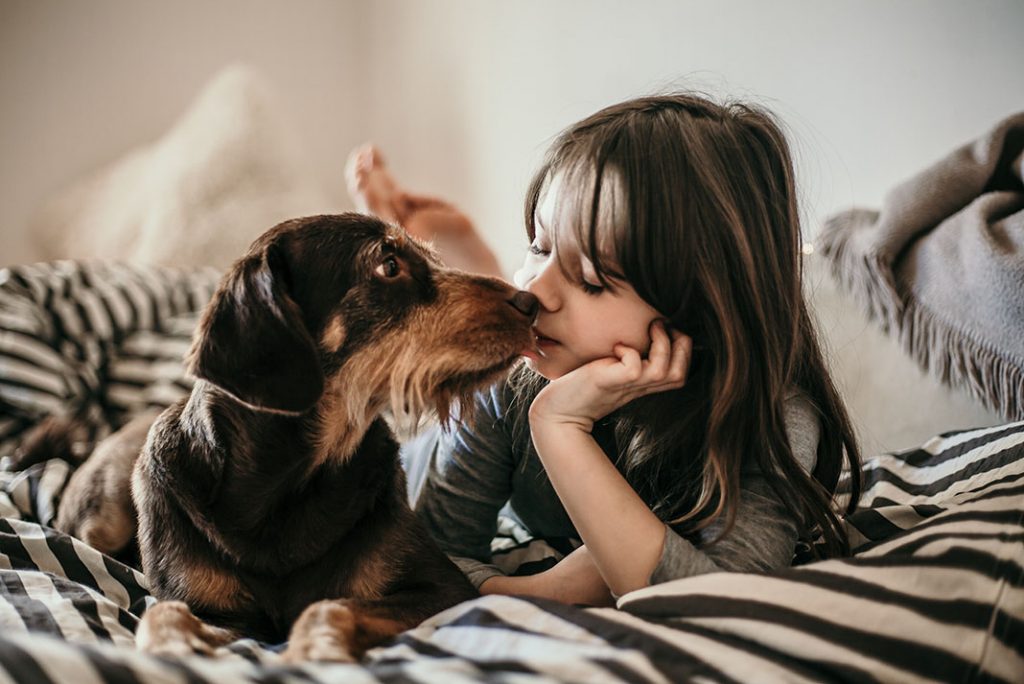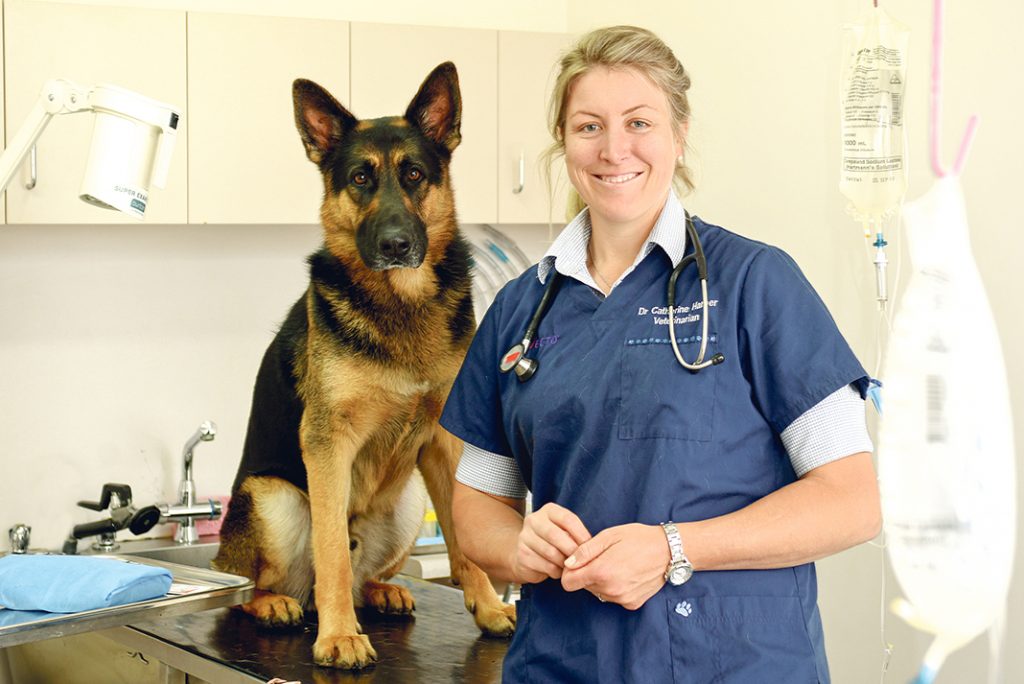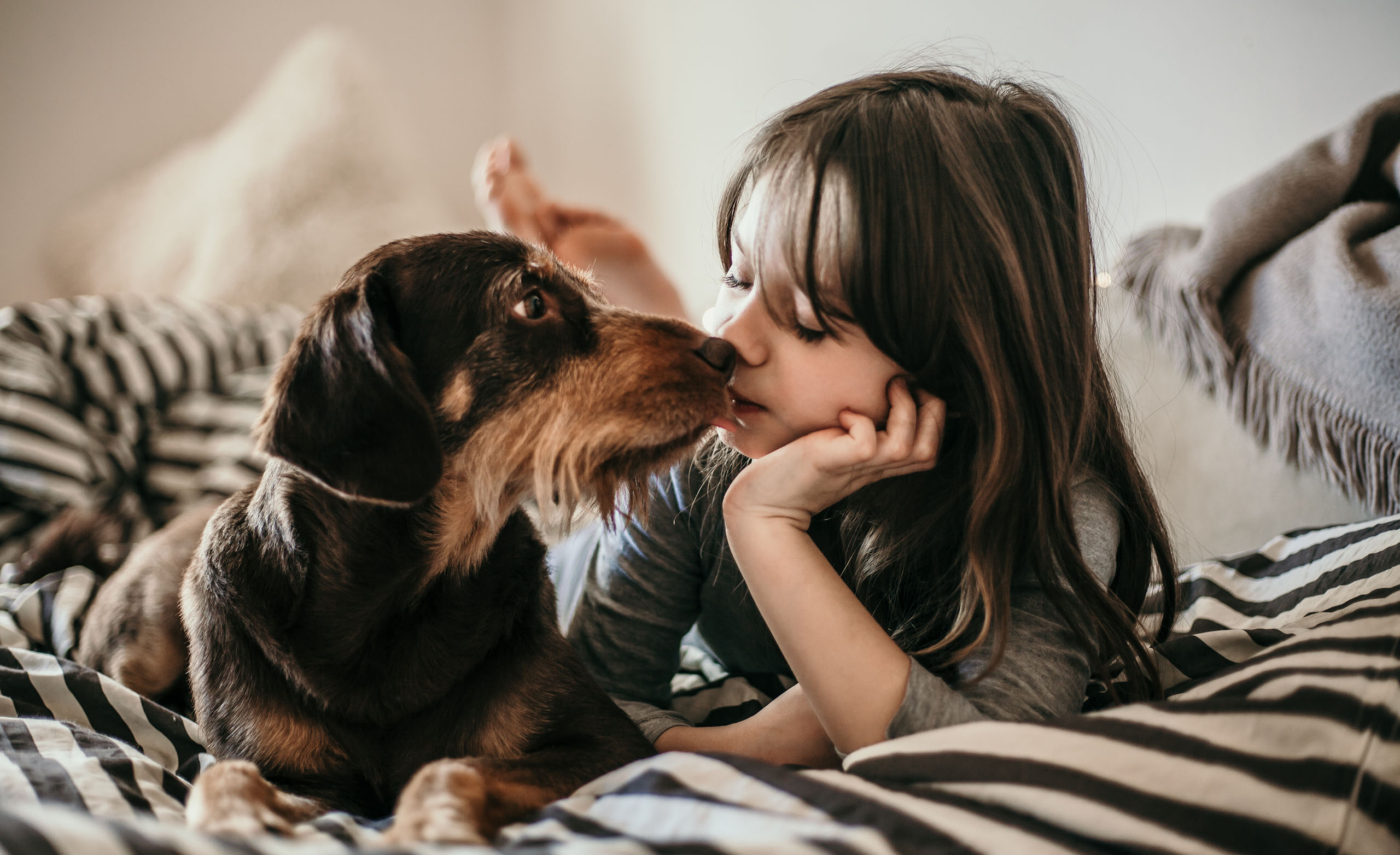WORDS BY CATHERINE HARPER
BAROSSA VETERINARY CLINIC
LOCAL PET ADVICE
As our ability to care for our older pets gets better, through good nutrition, advanced veterinary care and their place in our families, we are seeing many older animals in our community.
Obviously, age is relative to the size, breed and species of the animal, but where we used to consider a 20+ kg dog old at 10, we would now consider them to only be on the later edge of middle age, with them often living to 13 or 14.

To work out your pet’s age in human years, the traditional calculation is to times your pet’s age by 7.
We regularly hear comments like, “I don’t want my pet to have an anaesthetic, they are too old”, “It is just arthritis, they don’t need any treatment for that” or “He doesn’t have much longer left and we know his teeth are bad, but we just don’t want to do anything”.
As vets, we do understand that these animals carry a slightly higher risk when considering surgery on long term disease management, but by not treating them and using age as an excuse, we are condemning these pets to some degree of suffering and often shortening their lives.
That is not to say that we do not consider these risks, but with careful planning and a few minor changes to protocols, these animals can successfully receive treatment that alleviates suffering and prolongs their life.
So rather than thinking of age as a disease, let’s celebrate it and help our pets live to their full potential, being happy and pain free for as long as possible.
Consider that when your veterinarian makes a suggestion, that they are looking to ensure the best possible care and outcomes for your pet and that if we can identify disease early, there is lots we can do to prevent it being an issue as your pet ages.
Additionally, if they are old, congratulations for getting them this far.
Please consider that this means they need even more care and that there is much we can do to help.









